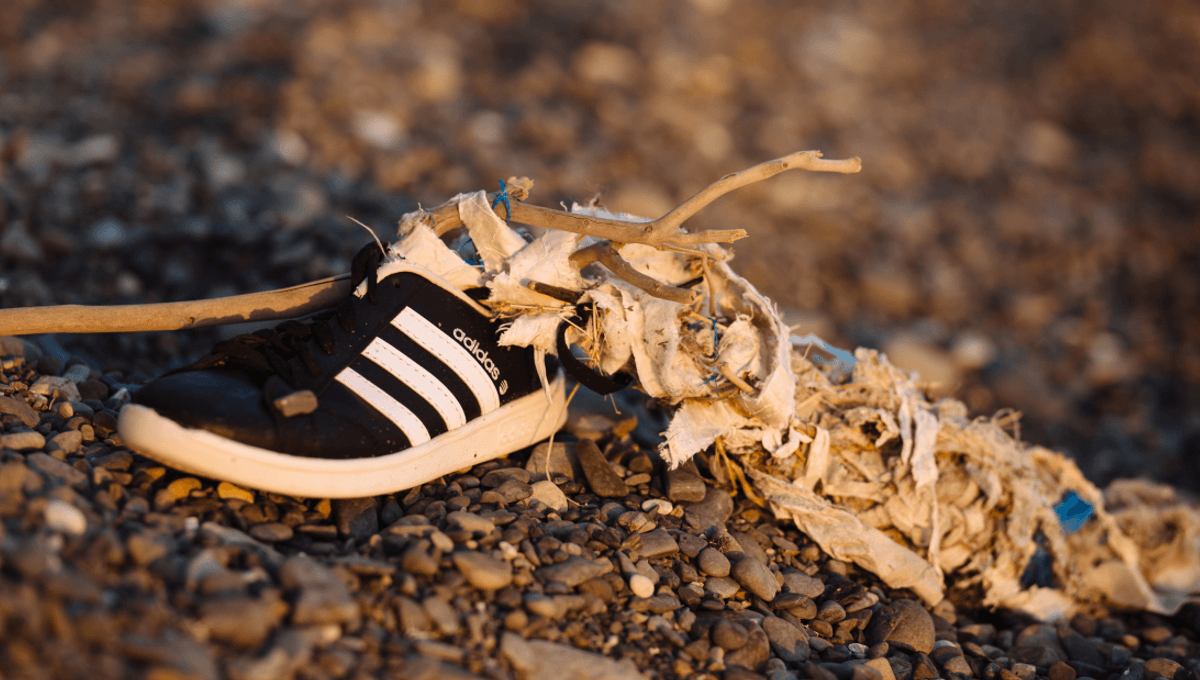
Human feet sailing in sneakers can offer a unique opportunity to ascertain the facts of a case based on marine forensics of scant remains. Just as metamorphizing insects on land can tell us the time of death of corpses, the larval stages of barnacles can help us work out how long human remains have been in the ocean, and the results sometimes raise more questions than they answer.
The case of Melissa Caddick
Shoes carrying human feet ashore have often been found on beaches, with one of the most famous cases being the disappearance of Melissa Caddick. The Australian resident was being investigated over her alleged involvement in a $23-million Ponzi scheme, but in November 2020, she disappeared.
A human foot washed ashore on Bournda Beach New South Wales in February 2021, still wrapped in a running shoe. The coroner report states that the foot was DNA-matched to Caddick “beyond reasonable doubt,” but as Associate Professor of Forensic Science at Murdoch University Paola Magni wrote for The Conversation, the appendage was too decomposed to establish if the foot had been severed or disarticulated.
Marine forensics
In such circumstances, forensic scientists can look to the shoes themselves for clues. The Great Pacific Garbage Patch is a testament to the fact that wildlife isn’t fussy, now so stuffed with neuston species that it could represent an ecosystem as valuable as the Sargasso Sea.
Barnacles are one such unfussy organism whose larva will free swim until it finds a suitable surface to set up camp on. Armed with its own barnacle glue it attaches to the surface, human-made or otherwise, and its growth is a record of the environmental conditions it experienced during its development.
“So, in a forensic investigation where barnacles are attached to shoes, clothes or exposed bones, they offer insights for estimating the body’s point of origin, the amount of time it spent in the water, the waters it travelled and even the potential timeline of events,” explained Magni.
“In a study in which we examined 128 pairs of shoes colonised by barnacles, we observed settlement less than 15 days after the shoes were deployed in the water. In another study on four fabrics (cotton, satin, velvet and neoprene) submerged for six months, we found the textile that changed the most was cotton, while neoprene was the most colonised by barnacles.”
Here, the running shoe associated with Caddick’s case raised some questions.
“Based on the life cycle of its encrusted barnacles, the shoe had reached the ocean surface at some point between three and seven days prior to washing ashore around 21 February 2021,” reads the coroner’s report. “Where had the shoe been before it commenced this period of free floating? The authors hypothesised that it must have spent time at the greater depths of the ocean.”
“They then asked themselves why, if this was the case, the shoe did not show evidence of the kind of organisms which settle on objects in the deep sea. The absence of these organisms, they concluded: ‘ … suggests either a short submergence time at depth, or that the circumstances of the shoe and foot prevented settlement of biofoulers, such as being artificially enclosed inside a bag or other material, or subject to shark depredation’.”
A grim mystery in the Salish Sea
A similar mystery unfolded along the coasts of the Salish Sea in the US and Canada where, starting August 20, 2007, an alarming number of human feet were washing ashore. Between 2007 and 2019 there were over 21 feet found – usually still in their shoes – sparking rumors of a serial killer.
The answer to the mystery turned out to be a change in the footwear industry, as 2007 marked a turning point in sneaker design. The introduction of light foams and air pockets meant that the feet of anyone lost at sea were more likely to become buoyant, and with the sneaker making it harder for scavengers to access, they were able to remain intact long enough to make ground.
Something to consider the next time you buy running shoes.
Source Link: Human Feet Sailing In Sneakers Offer A Unique Opportunity For Marine Forensics